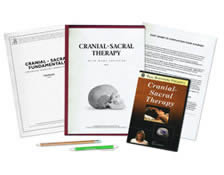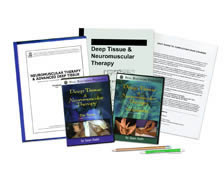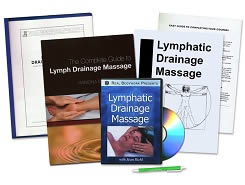 Want to earn continuing education credit for this article? Learn more.
Want to earn continuing education credit for this article? Learn more.
Complex regional pain syndrome (CRPS) is a chronic and progressive collection of pain symptoms characterized by severe, burning pain, tissue damage, stiffness, changes in skin texture/color (thin, shiny, blotchy, blue, purple, or red), temperature and/or swelling and extreme sensitivity to touch (allodynia). Persons afflicted with this disorder say that sometimes the pain is so bad it is like being doused with gasoline and set on fire.
There are two similar forms of CRPS, CRPS-1 and CRPS-II both with the same symptoms and treatments. CRPS-1 (previously called reflex sympathetic dystrophy syndrome) is the term given for individuals without confirmed nerve injuries, while CRPS-II (previously called causalgia) is the term for those with confirmed nerve injuries.
What Causes CRPS?
Unlike some chronic pain disorders, the pain of CRPS is triggered by a misfiring of nerves within the nervous system that, in turn, send constant pain signals to the brain. In more than 90% of cases, the initial trigger was a trauma or a minor injury, such as a sprain/strain, fracture, soft tissue injury (burn, cuts, bruises), fall or other physically traumatic event, including certain medical procedures.
Because chronic pain lasts for a long time, it can cause changes in the brain, which can consequently be responsible for changes in how the body functions. For example, a person with chronic pain might have trouble figuring out right and left side discrimination. Another change, called tactile discrimination, makes it difficult, if not impossible, to figure out what is touching the body in the area of the chronic pain. The brain cannot interpret whether something touching the body is soft or hard, pointy or dull. This might lead to an inability to be aware of an object causing even further injury to the body.
How Can Massage Help?
Persons with CRPS tend to have more than just moderate aches and pains. It is less generalized than fibromyalgia. At times the pain is excruciating, mostly in the arms and/or legs. Even light touch, such as clothing touching the body, can be irritating.
So how can massage, which consists mainly of touch, be helpful? A person with CRPS may have periods of less intense pain. This would be the time to introduce therapeutic massage, perhaps beginning with less intrusive modalities such as cranial-sacral techniques or polarity massage. At the very least, these techniques help a person to relax and refocus away from the pain.
Massage therapists can also educate their clients on maintaining proper body alignment, which will help avoid postural guarding of the affected limb and promote a more balanced use of muscles. Instructing clients on the importance of exercise is also important in the fight against pain. Exercise, as well as massage therapy, can increase the body’s production of endorphins and serotonin, both of which contribute to not only elevating a persons mood, but also act as natural pain killers helping to block pain signals to the brain. Exercise can also help to reeducate the body with regard to special awareness or proprioception. If a person cannot do strenuous exercise, suggest something like Tai Chi or Qigong, which can help to improve balance, flexibility and the flow of energy within the body.
In addition to exercise, receiving various forms of massage therapy can help with proprioception and the re-training of the mind-body connection. Techniques such as lymphatic drainage can reduce edema and thus reduce pain that might be triggered by the pressure of built up fluid in the extremities, while neuromuscular techniques can help inhibit the pain-spasm-pain cycle, though care needs to be taken to avoid strokes that might be too deep for the client to tolerate.
The use of energy healing techniques, such as acupressure and acupuncture, can help to reeducate the nervous system by manipulating the energy flow along the body’s meridians. Persons in the midst of extreme pain may respond more positively to an energy technique like Therapeutic Touch where the therapist’s hands do not actually touch the body. Guided imagery has also been found to be effective in dealing with CRPS by reducing the stress, panic and fear that often trigger the more acute stages of the symptoms.
Precautions in Treating Pain
If a client comes to you in extreme pain that seems to have no apparent reason, you should advise him or her to get a diagnosis from his or her primary care physician before receiving a massage. Pain in the arm could be a sign of an imminent heart attack or stroke. Leg pain could be a sign of phlebitis or deep vein thrombosis (blood clots), which can ultimately lead to a pulmonary embolism. Always make sure you do a thorough intake and ask the client questions about his or her pain, such as where it is, when did it begin, what type of pain it is and if he or she has had it checked out by a physician. Also, look for the described skin changes associated with CRPS.
Chronic pain can make life difficult. Living with the intensity of CRPS can make life near intolerable for some. Helping a client with this complex and, at times, unexplainable syndrome, may just help to make life more bearable.
Earn continuing education credit for this article contained in our Chronic Pain & Massage series. Click here to enroll.















2 Responses to Complex Regional Pain Syndrome and Massage Therapy